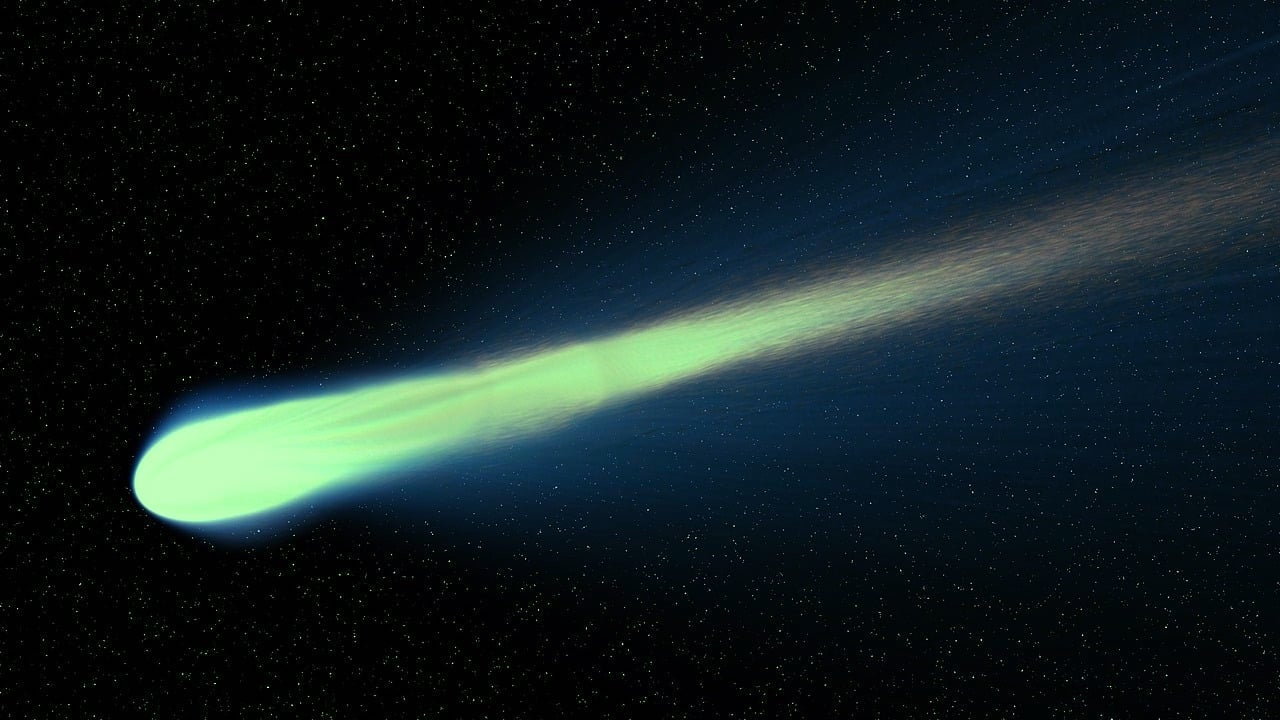Comet Nishimura is hurtling through the solar system
Scientists have “overlooked” it for a long time
It will be visible over the Czech Republic with the naked eye
Comet Nishimura is moving through space at a whopping 386,000 kilometers per hour. Although it was discovered only at the beginning of this month, it has already planned its approach to Earth for mid-September. Specifically, on September 12, when it will fly by at a distance of only 78 million kilometers from Earth, which will be the best opportunity to see it with the naked eye.
Don’t miss: Update your iPhones fast. Apple has released iOS 16.6.1, which protects against hacker attacks
A comet is approaching Earth
The comet, named C/2023 P1, or Nishimura, has been moving closer to the inner solar system since it was first spotted by Japanese amateur astronomer Hideo Nishimura on Aug. 11, and scientists expect it to be visible to the naked eye by early to mid-September.
As it approached the Sun this week, it began to be buffeted by the solar wind, which disrupted its signature tail. “A comet is like a dirty snowball,” Professor of Astronomy at Scotland’s University of St Andrews Keith Horne told Newsweek. “Both comets and planets orbit the Sun, but unlike the circular orbits of the planets, they move in highly elliptical orbits.”
As a comet approaches the Sun, it is followed by a trail of dust and ice that is released as it heats up. “It leaves a lot of free particles, both charged and neutral, that detach from it as it moves,” says scientist Ian Whittaker. “As the comet moves, the neutral particles fly off in a cone behind it — kind of like when you’re driving behind a truck on the highway when it’s raining, and all the excess water hits what’s directly behind it.”
Charged particles do the same if there is no electric or magnetic field near them. The sun itself has a magnetic dipole (as does Earth) and has a magnetic field flowing into the solar system. “So the charged particles coming out of the comet are captured by this magnetic field and sent away from the Sun,” Newsweek writes.
Nishimura lost her tail
The tear-off of the comet’s tail was caused by a CME (Coronal Mass Ejection) – a large cloud of electrically charged gas that the Sun “threw” into interplanetary space. The CME that hit the comet this week was likely emitted from the active sunspot AR3413, which is tilted toward Nishimura. The comet’s tail has since grown back, but may be knocked off again as it faces more CMEs in the coming weeks.
Nishimura is scheduled to come within just 78 million kilometers of Earth on September 12. About a week later, on September 17, the comet will pass closest to the Sun and appear brightest in the night sky in the constellation Virgo.
Scientists believe it will be visible to the naked eye in the coming days: on September 4, it was magnitude 6, the limit at which it can be seen without visual aids such as binoculars or a telescope. Lower positive magnitudes and larger negative magnitudes mean brighter objects: Venus has magnitude -5 and the full Moon -13. Nishimura is expected to brighten to magnitude 2 or 3 by the time it reaches its closest point to the Sun.
Preview photo source: Buddy_Nath / Pixabay, source: Newsweek, Mirror, Live Science
2023-09-09 15:47:18
#rare #green #comet #Nishimura #shining #sky #Sun #deprived #tail


